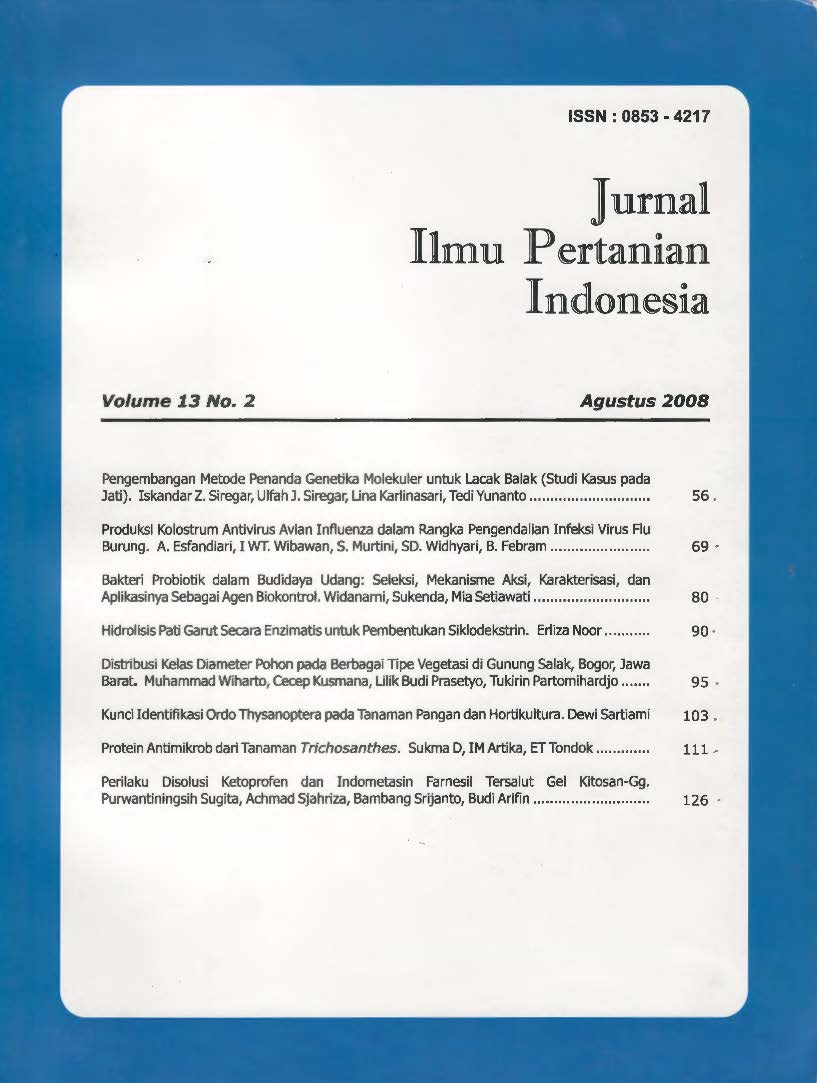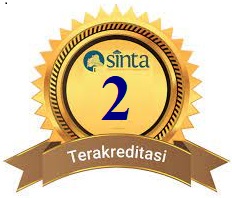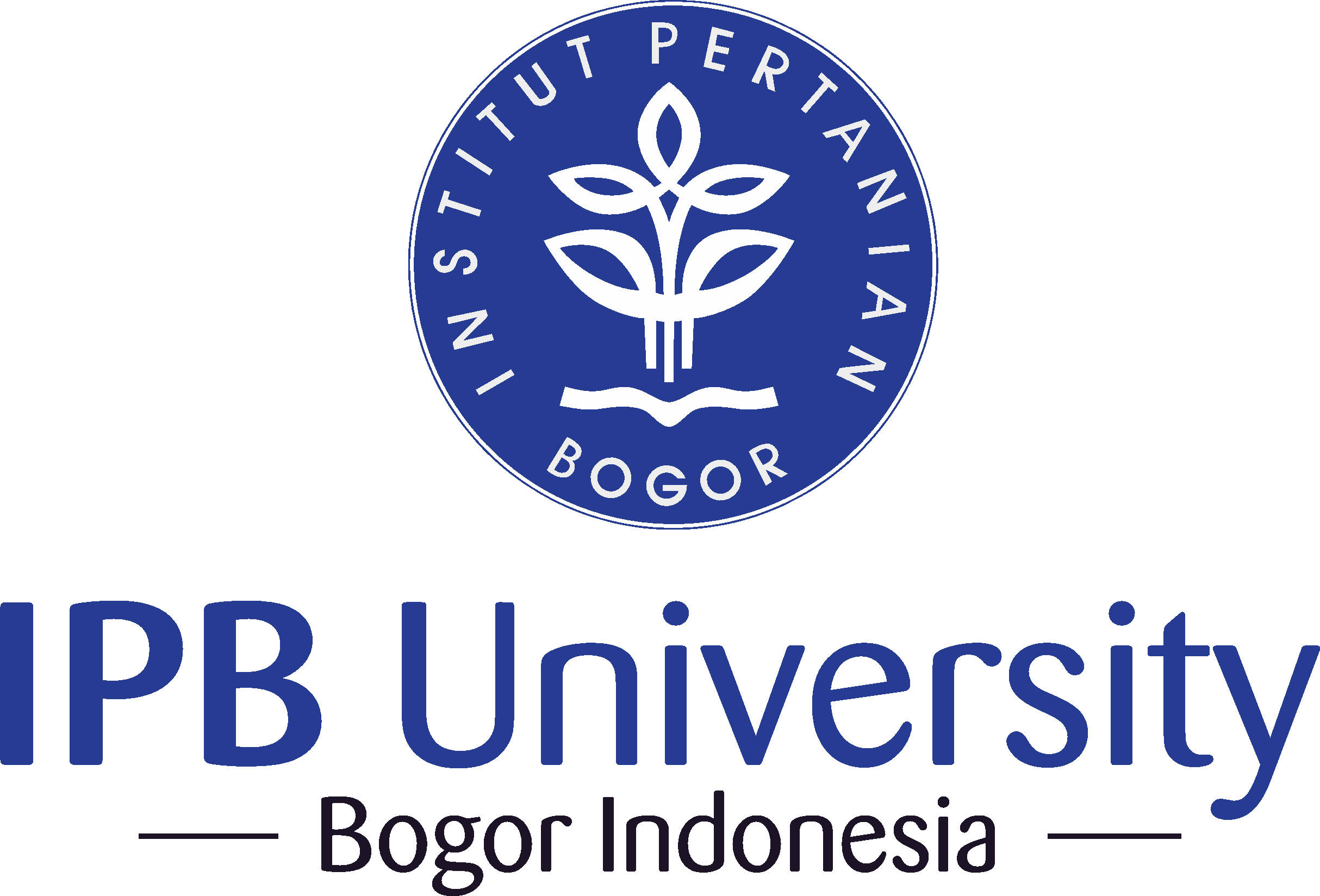Protein Antimikrob Dari Tanaman Trichosanthes
Abstract
The research was aimed to study morphology, growth, development, pest and disease of 3 Trichosanthes species, initiate shoots, callus and hairy root culture in vitro, analyze chitinase and peroxidase activities and the effect of salicylic acid (SA) and etefon (ETF) on the chitinase and peroxidase activities of crude protein extract from Trichosanthes, and evaluate in vitro antifungal activity of crude protein extract of Trichosanthes. The results of the research showed the differences of morphological characters, growth habit of T. cucumerina var. anguina, T.tricuspidata and the differences of pest and diseases problem of T. quinquangulata. T. cucumerina var. anguina and T. quinquangulata. T. tricuspidata had the highest chitinase activity in crude protein extract of in vitro shoots, calli and plant roots and peroxidase activity in plant roots grown in field. T. cucumerina var. anguina showed the highest chitinase and peroxidase activities in crude protein extract of plant roots grown in field and calli. Chitinase and peroxidase activities of calli crude protein extract of T. tricuspidata could be increased by SA and ETF. Adversely, ETF decreased the peroxidase activity of calli crude protein exract ofT. tricuspidata. In T. cucumerina var. anguina, SA could not increase the chitinase activity but increase the peroxidase activity. The crude protein from in vitro shoots of T. tricuspidata could inhibited the spore germination of Fusarium sp. from T. cucumerina var. anguina, Fusarium oxysporum from shallot, Puccinia arachidis from peanut and Pseudoperonospora cubensis from cucumber. The protein could not inhibit spore germination of Curvularia eragrostidis from Dendrobium orchids.
Keywords: antifungal, chitinase, etephon, peroxidase, salicylic acid, Triclwsanthes
Downloads
This journal is published under the terms of the Creative Commons Attribution-NonCommercial 4.0 International License. Authors who publish with this journal agree to the following terms: Authors retain copyright and grant the journal right of first publication with the work simultaneously licensed under a Creative Commons Attribution-NonCommercial 4.0 International License. Attribution — You must give appropriate credit, provide a link to the license, and indicate if changes were made. You may do so in any reasonable manner, but not in any way that suggests the licensor endorses you or your use. NonCommercial — You may not use the material for commercial purposes.



















